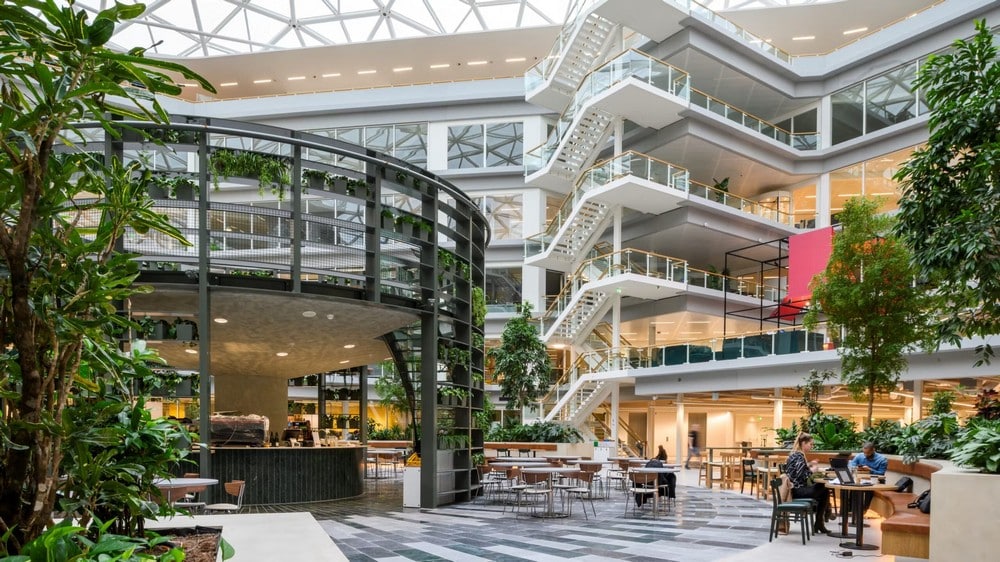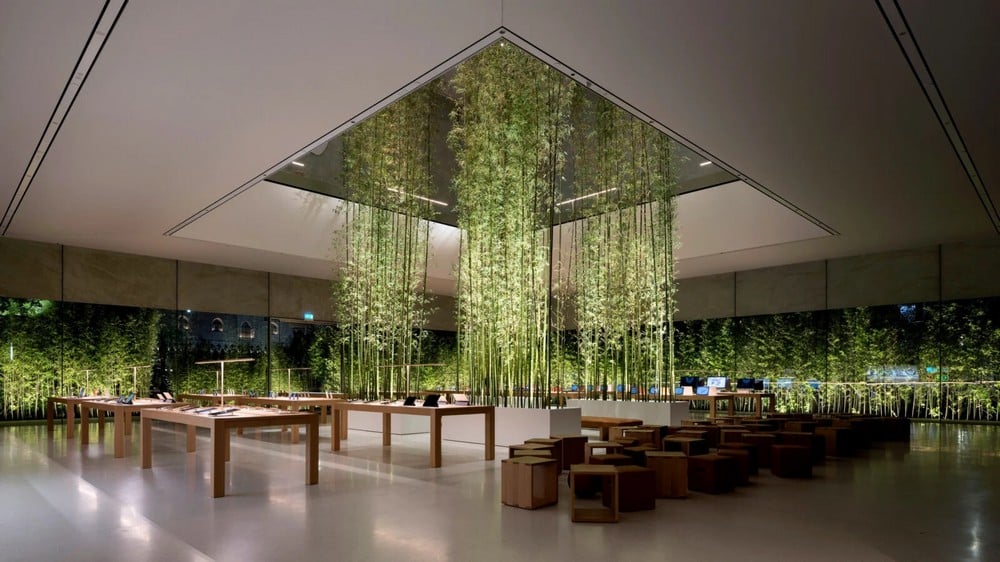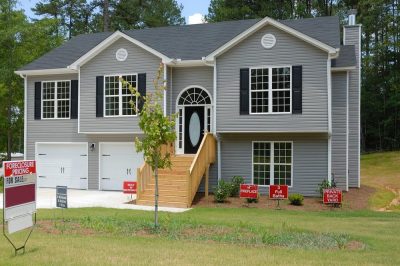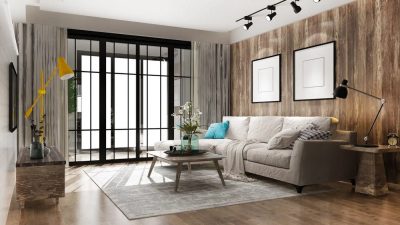
Biophilic design, rooted in the innate human desire to connect with nature, is reshaping how we approach architecture, urban planning, and interior design. Derived from the concept of “biophilia”—the idea that humans have a natural affinity for the natural world—this design philosophy goes beyond merely incorporating plants into buildings. It seeks to create spaces that foster well-being, productivity, and sustainability by integrating natural elements, forms, and processes. As more designers and architects embrace this approach, biophilic design has found practical applications in homes, offices, healthcare facilities, educational institutions, and urban environments.
Origins of Biophilic Design
Biophilic design is based on the idea that humans have evolved in close contact with nature, and our well-being is deeply intertwined with the natural environment. Biologist E.O. Wilson popularized the term “biophilia” in the 1980s, emphasizing that human health and happiness improve when we interact with nature.
Biophilic design, therefore, seeks to restore this connection by blending natural elements into built environments, whether through materials, lighting, or even spatial configurations that mimic natural ecosystems.
The core idea is that reconnecting with nature can lead to improved emotional, mental, and physical well-being. This has led to a wide range of practical applications across various sectors, each focused on integrating natural features in meaningful and sustainable ways.
Key Principles of Biophilic Design
Biophilic design revolves around several foundational principles that guide architects and designers in creating spaces that echo the natural world. These principles are essential to ensuring that the design not only mimics nature visually but also evokes the complexity and depth of natural environments.
1. Environmental Features
This principle involves incorporating natural elements like plants, water, and sunlight into interior and exterior spaces. Whether through indoor gardens, water features like fountains, or maximizing exposure to daylight through large windows, these features create environments that reduce stress and increase feelings of calm.
2. Natural Shapes and Forms
Nature-inspired shapes, such as curves, spirals, and organic forms, are another key element of biophilic design. These natural geometries resonate with the human brain in ways that straight lines and right angles cannot. The inclusion of shapes found in nature, like flowing curves or fractals, can help evoke a sense of peace and harmony.
3. Natural Patterns and Processes
Biophilic design also draws on the patterns found in nature, such as the interplay of light and shadow, and the seasonal changes in the appearance of natural materials like wood and stone. These patterns mimic the sensory richness of the natural world, creating dynamic, evolving spaces that reflect the complexity of ecosystems.
4. Light and Space
Lighting plays a crucial role in biophilic design. Exposure to natural light, which aligns with our circadian rhythms, can improve mood, productivity, and overall health. Spaces designed with large windows, skylights, or mirrored surfaces that reflect sunlight create an uplifting and dynamic environment. Light and space can also be used to establish a connection between indoor and outdoor spaces.
5. Place-Based Relationships
Biophilic design emphasizes the importance of connecting a building to its geographic and cultural context. Using materials, textures, and colors that reflect the local environment creates a sense of belonging and attachment to a particular place. This principle also encourages the use of local materials and references to the ecological history of the site.
6. Evolved Human-Nature Relationships
Biophilic design taps into deep-seated human emotions, such as the need for both safety and exploration. It incorporates spaces that offer a sense of refuge while also encouraging movement and curiosity, much like natural landscapes do. This creates environments that are psychologically stimulating and nurturing.
Practical Applications of Biophilic Design
The principles of biophilic design are applied in various settings, from corporate offices to residential homes, creating spaces that enhance human well-being and environmental sustainability.

1. Workplaces and Offices
Biophilic design is increasingly adopted in office spaces to boost productivity and well-being. Natural elements like green walls, indoor plants, and water features can reduce stress and increase focus. Large windows that allow abundant natural light, combined with the use of natural materials like wood, further enhance the sense of connection to nature. The Edge in Amsterdam, one of the greenest office buildings in the world, exemplifies biophilic design by incorporating natural light, ventilation, and energy-efficient materials.
Studies have shown that employees in biophilic offices report higher satisfaction, lower stress levels, and improved cognitive performance. Greenery and natural materials create a more relaxed and productive atmosphere, and even small interventions like introducing plants or daylighting strategies can make a significant difference.
2. Healthcare Facilities
Healthcare facilities are another area where biophilic design has proven transformative. Exposure to nature has been linked to faster recovery times, reduced pain, and decreased stress in patients. Hospitals that incorporate natural light, views of greenery, and water features are seen as healing environments. For example, Singapore’s Khoo Teck Puat Hospital integrates rooftop gardens, ponds, and green corridors, offering patients serene views that aid in their recovery.
Studies show that even brief interactions with nature can lower blood pressure and improve mood, making biophilic design a valuable tool in creating patient-centered healthcare environments. Healing gardens and courtyards, natural light, and calming views all contribute to the recovery process.

3. Urban Planning and Public Spaces
In urban environments, biophilic design can counteract the disconnection from nature that many city dwellers experience. Cities like Singapore and New York have implemented green roofs, vertical gardens, and urban farming to reintroduce nature into the urban fabric. Public parks, green corridors, and water features create a sense of openness and offer respite from the concrete jungle.
Green infrastructure, such as permeable surfaces and tree-lined streets, not only enhances the aesthetic of urban areas but also improves air quality and reduces the urban heat island effect. These green spaces provide physical and mental health benefits for residents, promoting a more sustainable and livable urban environment.
4. Residential Design
Biophilic design is increasingly finding its way into residential architecture. Homes that incorporate natural materials, large windows, indoor gardens, and water features foster a sense of tranquility and connection to the outdoors. Skylights, glass walls, and open-plan designs that blend indoor and outdoor spaces are becoming more common in biophilic homes.
Natural materials like wood, stone, and bamboo create a warm, organic aesthetic, while water features and plants purify the air and improve indoor humidity levels. Even small design choices, such as incorporating a rock garden or a moss wall, can have significant benefits for mental and emotional well-being.
5. Education and Learning Environments
Schools and universities are increasingly adopting biophilic design to create environments that foster creativity, focus, and learning. Classrooms with ample natural light, views of nature, and access to outdoor spaces have been shown to improve student performance and engagement. Natural elements in learning environments reduce stress and create a more stimulating and supportive atmosphere for students.
Biophilic classrooms may incorporate features like green walls, natural ventilation, and materials that mimic nature, such as wood or cork. These spaces provide not only educational benefits but also promote overall well-being by creating calm, nature-filled environments.
6. Retail and Commercial Spaces
Biophilic design is also being applied to retail environments to enhance the customer experience. Stores that incorporate natural lighting, plants, and organic materials tend to attract customers and encourage longer visits. Biophilic elements create a relaxing and enjoyable shopping experience, which can lead to higher sales and increased customer satisfaction.
Retailers like Lululemon and Apple have embraced biophilic design by integrating natural elements and open spaces into their store layouts. This creates a calming, inviting atmosphere that encourages customers to stay longer and return more frequently.

The Environmental and Energy Benefits of Biophilic Design
Biophilic design aligns with the principles of sustainable architecture, as it promotes energy efficiency and environmental conservation. By using natural light, ventilation, and sustainable materials, biophilic buildings reduce their reliance on artificial energy sources. This not only lowers operational costs but also minimizes the building’s carbon footprint.
For instance, buildings designed to maximize natural light reduce the need for artificial lighting, and natural ventilation systems can lessen the dependence on air conditioning. Additionally, the use of locally sourced materials and green infrastructure supports ecological sustainability by reducing the environmental impact of construction.
Conclusion
Biophilic design is more than a trend—it’s a powerful approach to architecture that enhances human well-being and environmental sustainability. By integrating natural elements, materials, and processes, biophilic design reconnects us with nature in ways that promote mental, emotional, and physical health. Whether applied in homes, offices, healthcare facilities, or urban planning, biophilic design creates spaces that are not only functional but also nurturing, inspiring, and sustainable. As our world becomes increasingly urbanized, biophilic design offers a path forward to more harmonious living environments that resonate with our deep-seated need for connection with the natural world.








